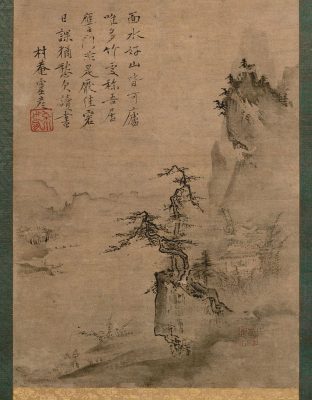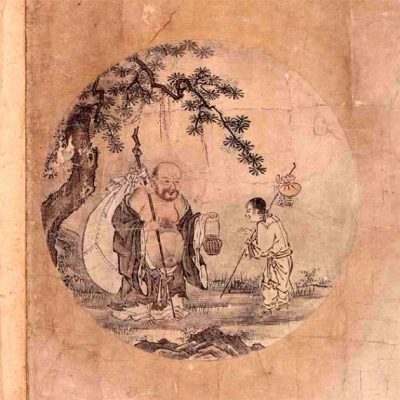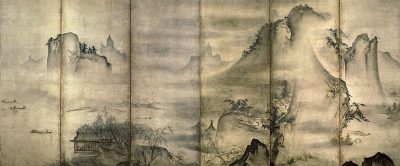Art of Japan and Tensho Shubun: Zen Buddhist Priest and High Culture of China
Lee Jay Walker
Modern Tokyo Times
The Middle Kingdom of China impacted greatly on Japanese high culture and this enabled new ideas, fusions, and to highlight the subtle and unique differences of indigenous culture. Tensho Shubun, a Zen Buddhist priest who was born in the late fourteenth century, naturally adored the richness of China in this period of history. This is based on the flow of art, culture, faith, and philosophy that enabled a new indigenous energy to emerge.
In this period of Japanese history powerful centers of spirituality including Kamakura, Kyoto, and Nara, to name a few, were areas of high culture and faith. Politically, the prestige of Nara and Kamakura had limited timescales in comparison to Kyoto. Yet, these areas – and others including Koyasan – enabled a new Japan to flourish over the many centuries in the realm of spirituality and philosophical ideas.
One powerful legacy left behind by Tensho Shubun is suiboku ink painting that he studied under Josetsu. Indeed, Josetsu was an immigrant from China who bestowed Chinese-style ink painting on Japanese students. At the same time, Tensho Shubun studied the art of masters from the Song Dynasty of China. This notably applies to Chinese masters including Ma Yuan and Xia Gui. Therefore, the Middle Kingdom of China to studying under Josetsu meant that this highly talented Japanese artist owed much to the neighborly brother across the sea.
Throughout the life of Tensho Shubun, the powerful Zen Buddhist temple of Shokoku-ji became associated with this highly esteemed individual. Internally, this holy Zen Buddhist temple in Kyoto was among the elite of all temples throughout the land during the medieval period of Japanese history.
Towards the end of his life, he taught the esteemed Sesshu Toyo. Others also believe that he taught Kano Masanobu but no firm documentation exists to clarify this reality one hundred percent. Either way, the young Sesshu Toyo would further enhance the rich legacy of Tensho Shubun.
In a past article, I state, “The richness of Confucianism and Taoism from The Middle Kingdom inspired Japanese high culture greatly. Similarly, Buddhism enabled a brotherly bond between China, Japan, and Korea. This brotherly bond filtered through and inspired artists in Japan and the same applies to culture, literature, thinking, and so forth. At the same time, the richness of Japanese culture in relation to Zen Buddhism and various other sects – along with the indigenous Shinto faith – highlights the flourishing reality of a powerful culture within the psyche of Japan based on a multitude of different concepts. Not surprisingly, all these traits influenced the corridors of power in Japan to various degrees.”
Overall, Tensho Shubun highlights the strong bonds between China and Japan that enriched both societies. Equally important, it shows the openness of Japan in this period of history.
Modern Tokyo News is part of the Modern Tokyo Times group
DONATIONS to SUPPORT MODERN TOKYO TIMES – please pay PayPal and DONATE to sawakoart@gmail.com
http://moderntokyotimes.com Modern Tokyo Times – International News and Japan News
http://sawandjay.com Modern Tokyo Times – Fashion
https://moderntokyonews.com Modern Tokyo News – Tokyo News and International News
http://global-security-news.com Global Security News – Geopolitics and Terrorism
PLEASE JOIN ON TWITTER
https://twitter.com/MTT_News Modern Tokyo Times
PLEASE JOIN ON FACEBOOK




